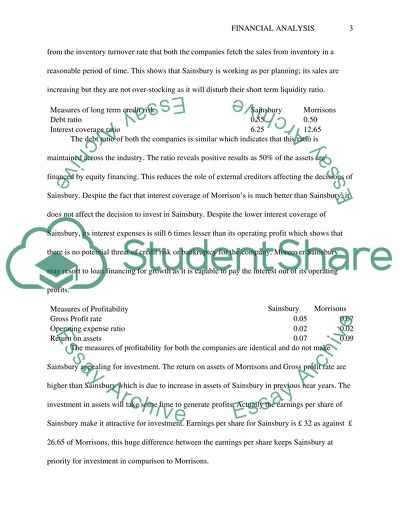Cite this document
(“Financial Analysis Of J Sainsbury PLC And Morrison PLC Essay”, n.d.)
Financial Analysis Of J Sainsbury PLC And Morrison PLC Essay. Retrieved from https://studentshare.org/finance-accounting/1646274-financial-analysis-of-j-sainsbury-plc-and-morrison-plc
Financial Analysis Of J Sainsbury PLC And Morrison PLC Essay. Retrieved from https://studentshare.org/finance-accounting/1646274-financial-analysis-of-j-sainsbury-plc-and-morrison-plc
(Financial Analysis Of J Sainsbury PLC And Morrison PLC Essay)
Financial Analysis Of J Sainsbury PLC And Morrison PLC Essay. https://studentshare.org/finance-accounting/1646274-financial-analysis-of-j-sainsbury-plc-and-morrison-plc.
Financial Analysis Of J Sainsbury PLC And Morrison PLC Essay. https://studentshare.org/finance-accounting/1646274-financial-analysis-of-j-sainsbury-plc-and-morrison-plc.
“Financial Analysis Of J Sainsbury PLC And Morrison PLC Essay”, n.d. https://studentshare.org/finance-accounting/1646274-financial-analysis-of-j-sainsbury-plc-and-morrison-plc.


